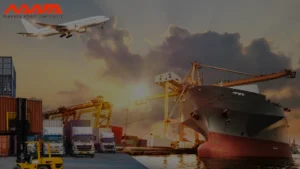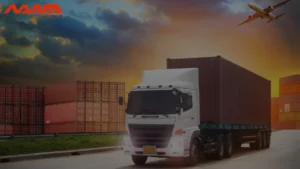Outbound Logistics – Understanding Definition, Process and Activities
Table of Contents
What is Outbound Logistics ?
Outbound logistics refers to the complete process of storing, transporting, and delivering finished goods to the end customer. Unlike inbound logistics, which deals with raw material intake, It is all about the movement of finished goods from the warehouse to the buyer.
In eCommerce and B2B operations, it drives order fulfillment, distribution logistics, and customer delivery—making it indispensable for businesses aiming for operational excellence and customer retention.
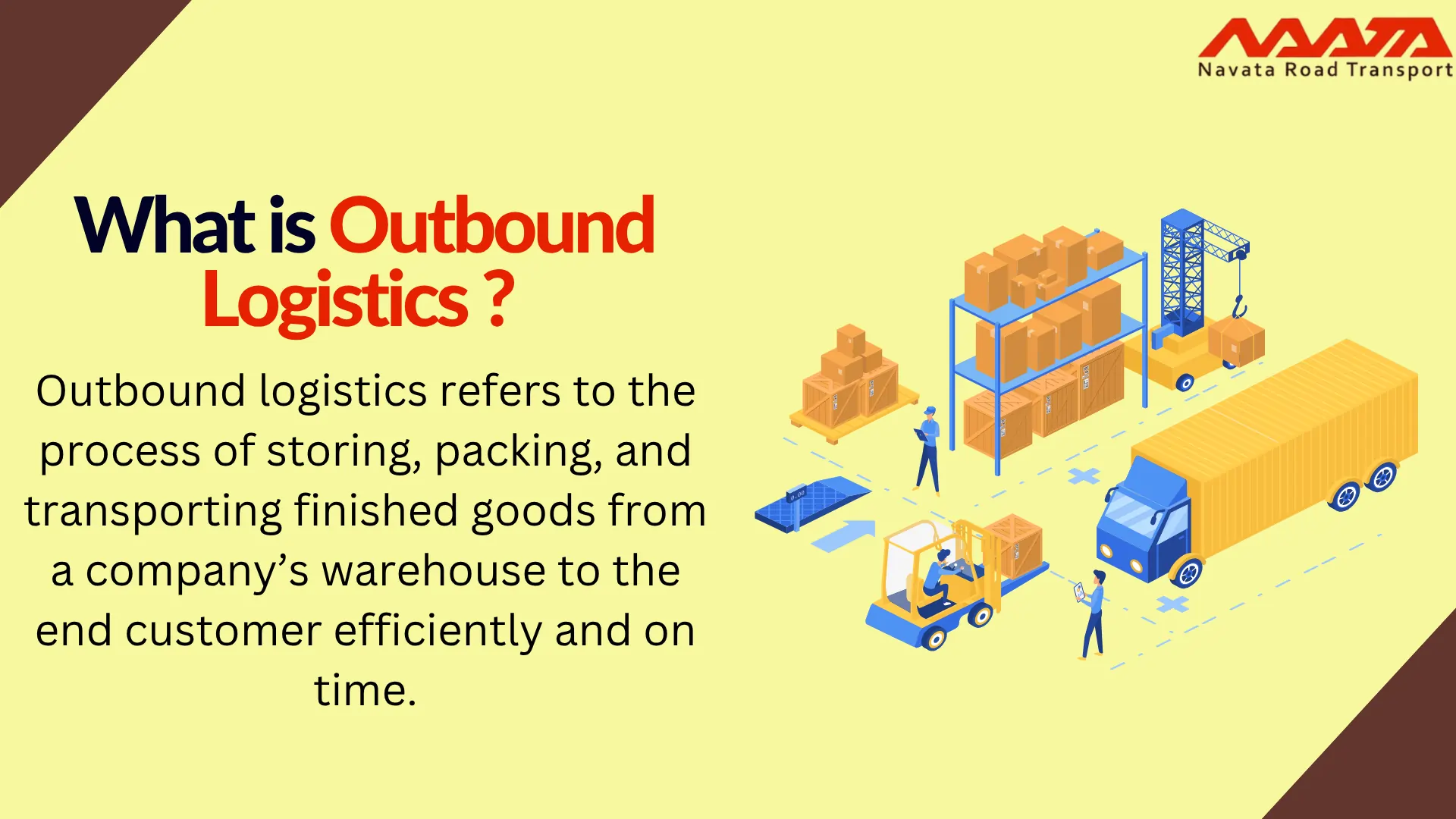
You May Also Like To Read: What is Elastic Logistics? Benefits and How It Works?
Outbound Logistics Process
This process includes a series of steps designed to move goods efficiently. These include:
Order Processing
Order details are verified and documented to ensure correct fulfillment.Inventory Management
Tight inventory control ensures product availability and avoids shipment delays.Picking and Packing
Staff pick the right items and pack them to protect products and ensure fulfillment accuracy.Shipping and Transportation
Goods are transported via road, rail, or air based on delivery timelines. Smart freight planning and shipping logistics ensure efficiency.Last-Mile Delivery
The final step, and arguably the most critical. Effective last mile delivery solutions impact brand loyalty and CX directly.
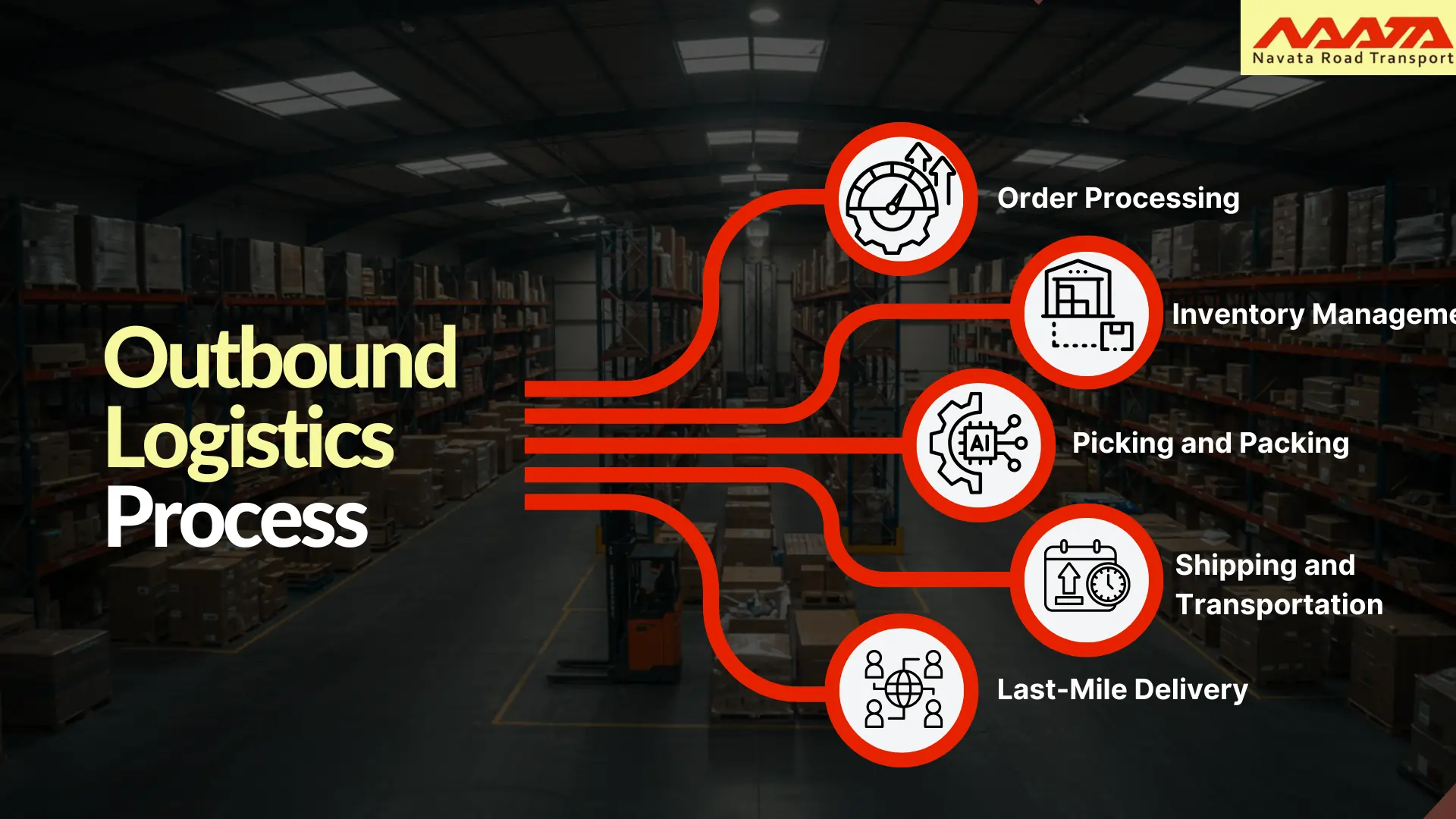
You May Also Like To Read: What is Reverse Logistics and It’s Benefits and How It Works
Key Activities in Outbound Logistics
Here are the core tasks that define outbound logistics management:
Warehousing – Secure storage of goods before dispatch.
Order Fulfillment – Accurate picking, packing, and shipment.
Transportation Management – Selecting optimal, cost-effective shipping methods.
Delivery Tracking – Real-time visibility into delivery status.
Returns Management – Efficient handling of returns to sustain customer trust.
Smart businesses invest in logistics automation, tracking systems, and route optimization tools to refine these activities.
You May Also Like To Read: 4 Modes of Transportation – Best Way of Moving Your Cargo
Why is Outbound Logistics Important?
Strong management leads to:
Customer Satisfaction: Fast, error-free deliveries enhance loyalty.
Cost Reduction: Streamlined operations cut costs and avoid waste.
Competitive Advantage: Faster fulfillment boosts your position in the market.
Outbound Logistics vs Inbound Logistics
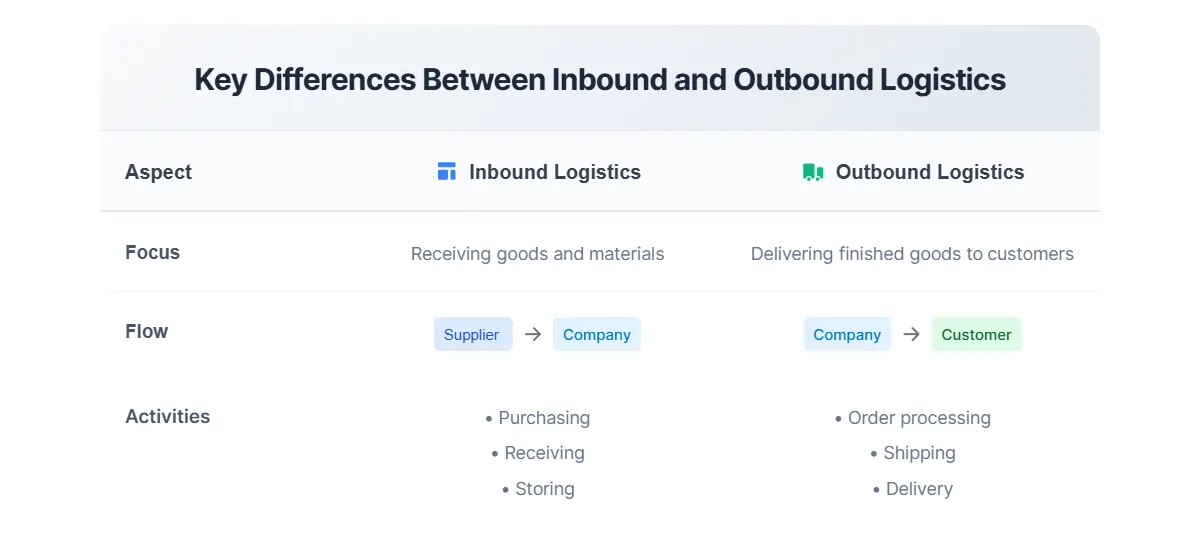
Conclusion
In a fast-paced, customer-first world, efficient outbound logistics in supply chain is non-negotiable. It supports seamless delivery, enhances satisfaction, and builds long-term trust. Whether you’re scaling or streamlining, optimizing logistics activities is a strategic move.
Thank You For Reading: Outbound Logistics – Understanding Definition, Process and Activities
Powered By 360Presence
